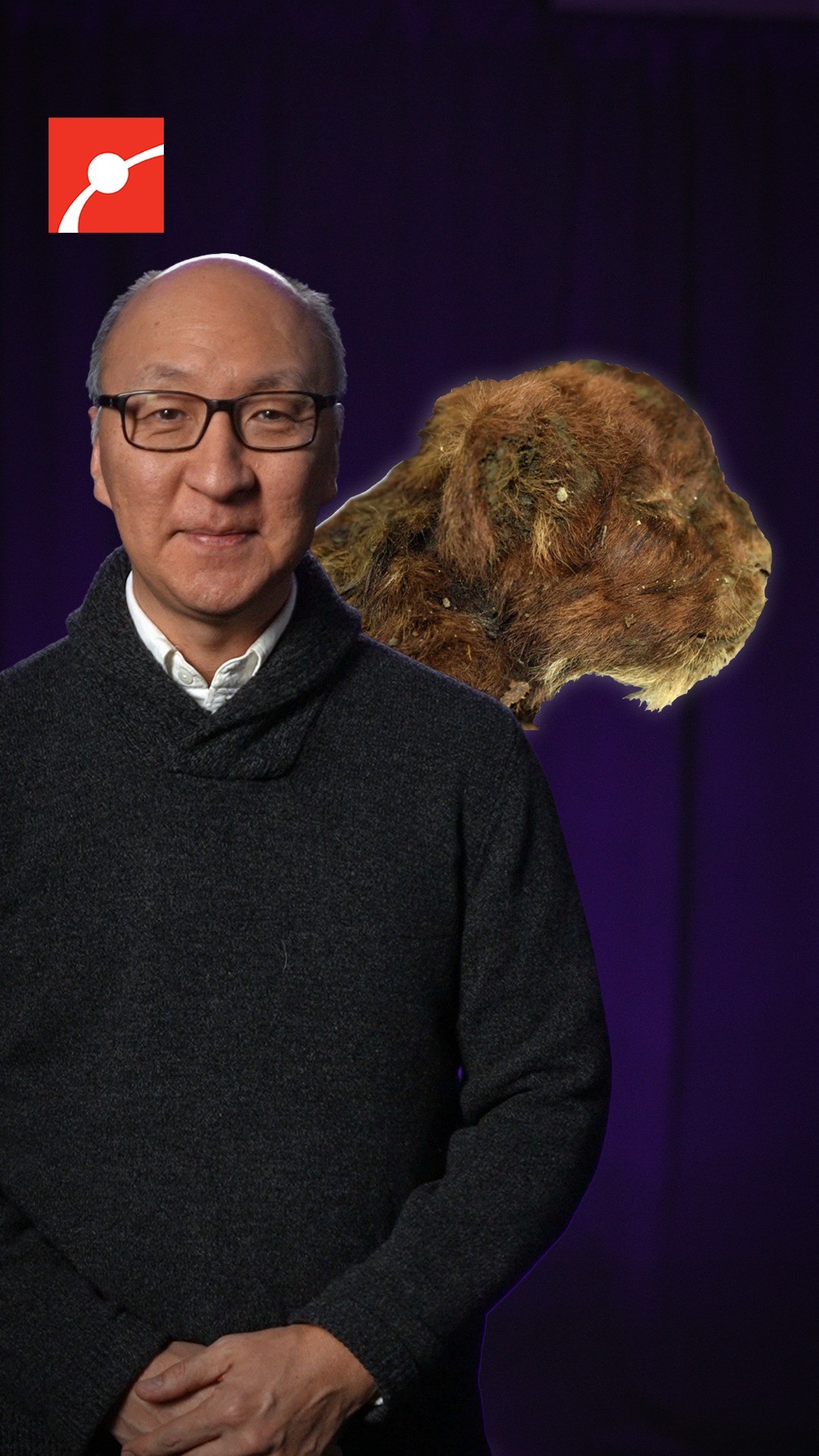- Discovery of the 35,000-year-old saber-toothed cub in Siberia and its implications for understanding prehistoric life.
- Physical and biological features of saber-toothed cats, focusing on the Smilodon genus, and comparisons to modern big cats.
- The role of permafrost in preserving ancient remains and the significance of such finds to paleontology.
- Modern scientific methods used in studying ancient specimens, including DNA analysis and radiocarbon dating.
- Importance of conservation and educating the public about extinct species to promote interest in current wildlife conservation efforts.
Recent findings have rekindled interest in one of prehistory’s most iconic predators: the saber-toothed cat. Researchers recently discovered a 35,000-year-old saber-toothed cub amidst the melting permafrost in Siberia, providing an unprecedented opportunity to glimpse into the past. This remarkable discovery could reshape our understanding of these creatures and their environment, offering insights into the evolution and extinction of species.
Saber-toothed cats, particularly those within the Smilodon genus, were formidable predators during the Pleistocene epoch. They are renowned for their massive, protruding canine teeth, which could grow over seven inches long. Unlike modern big cats, Smilodon possessed a stocky build and muscular forelimbs, adaptations suited for taking down large prey. The recent cub discovery offers a chance to study juvenile development and social structures within this genus, as well as their similarities and differences with modern-day felids.
The preservation of this cub can be attributed to the unique properties of permafrost, the permanently frozen ground found in polar regions. Permafrost acts as a natural deep freeze, capable of preserving organic material for thousands of years. This preservation provides scientists with well-preserved specimens, crucial for understanding ancient ecosystems. The discovery of such remains is becoming increasingly common due to climate change, which is causing the permafrost to thaw.
To extract valuable data from these finds, scientists employ a combination of advanced techniques. DNA analysis allows for the reconstruction of genetic profiles, offering insights into evolutionary lineage and genetic diversity. Radiocarbon dating establishes a timeline, ensuring accurate age estimation of the specimen. Imaging techniques, like CT scans, reveal detailed internal structures without damaging the specimen. These modern methodologies enable a comprehensive study of the cub’s biology and its ecosystem.
Understanding extinct species can play a critical role in contemporary conservation strategies. By studying the factors that led to the extinction of species like saber-toothed cats, conservationists can gain insights that may help prevent similar fates for current endangered species. Public engagement and education regarding extinct species can foster a greater appreciation for biodiversity and the importance of preserving our planet’s ecological balance. As we unveil the mysteries of the past, the responsibility to protect the future becomes ever more apparent.
*****
Source Description
Have you ever wondered what a baby saber-toothed cat would look like?
Researchers recently found a 35,000 year old saber-toothed cub in melting Siberian permafrost!


